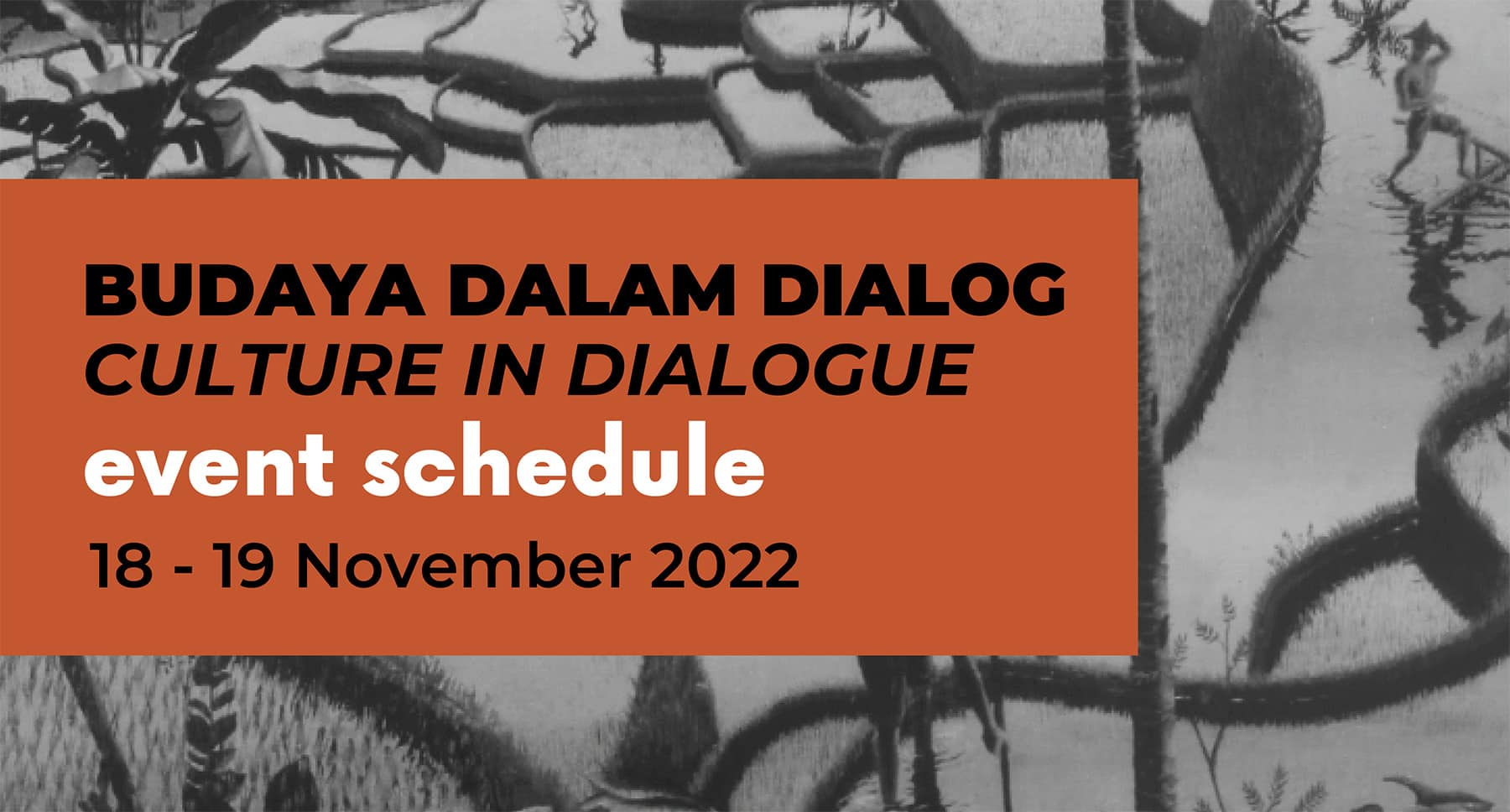Culture in Dialogue

Culture in Dialogue
Ladies and Gentlemen, dear participants,You have gathered today at MUSEUM ARMA as the guests of Anak Agung Gede Rai, whom we warmly congratulate on the award he recently received for ‘Best Museum in Indonesia’. We owe this symposium on ‘Culture in Dialogue’ (between Indonesia and Germany) to an initiative of DIG (German-Indonesian Association) and NUR (Institut Justice and Peace for Women). In this context, it is evident that we remember the German artist Walter Spies, who lived and worked in Java and Bali from 1923 for almost two decades.
Among the painters fascinated by Bali’s rich culture from the 1920s until the beginning of the Second World War, Spies was undoubtedly the most significant artist. The island’s cosmological philosophy profoundly influenced his artistic work. I quote the unforgotten honorary president of the German Walter Spies Association. Dr Anak Agung Made Djelantik famously said, “Spies painted with the soul of a Balinese”. However, his influence on Balinese painting was only rudimentary, as the renowned expert Adrian Vickers formulated many years ago.
Nevertheless, the myth that Spies exerted a significant influence on ‘modern’ Balinese painting is continuously upheld in numerous publications. There is no reason to glorify Walter Spies. Instead, we must always emphasise the fact that changes in Balinese art did not come about through Spies. “Experiments with new media of expression and styles had already been taking place in Balinese art since the 19th century”, writes Adrian Vickers. This means that even before Spies’ arrival in Bali, a transition into a new period was on the horizon. Ubud’s exceptional artist, I Gusti Nyoman Lempad (ca 1862- 1978), received Balinese artists together with the Prince of Ubud, Tjokorda Gede Agung Sukawati. The art circle, ‘Pita Maha’, cofounded with Walter Spies and Rudolf Bonnet, welcomed artists wishing to present their works and discuss quality.
A glance at the grotesque capers of the international art market should not go unmentioned here.
Let us agree that Spies was the most prominent Western painter in Bali for two decades. Yet, we should emphasise that the Balinese I Gusti Nyoman Lempad was his artistic equal. During the last auction at Christie’s in Singapore, a Spies painting changed ownership for the sum of almost three million euros. It remains incomprehensible why Lempad’s masterpieces do not fetch equally high prices.
When Spies wrote in 1927, “I am now setting up my bamboo cottage in dear, lonely Ubud and will soon be lost to the world”, he could not have guessed that his Balinese retreat would soon become the destination of countless Western visitors. Old friends and celebrities from film, literature, music and science arrived and stayed. High and money nobility often left him as new friends.
Among the travellers were people informed through photos, films and books. Others heard stories from those who had already been guests of Walter Spies. Indeed, some knew Spies’ works, which had been bought as souvenirs. The aura of his peculiar style of ‘magic realism’ reinforced the desire for an ‘island of magic’ that seemed to be inhabited exclusively by happy people.
Many travellers reached the ‘Island of Gods and Demons’ after weeks of transfer on a luxury liner, some on their own yachts or in a chartered plane, carrying a letter of recommendation to the legendary painter in their luggage. The name Spies had already become synonymous with Bali in the salons between Paris and New York.
- In 1931, Friedrich Dalsheim, Victor von Plessen and their film crew stayed in Spies’ Balinese house, where they worked out a precise concept and where shooting the film ‘The Island of Demons’, began. The film was later presented to a global audience. Without the collaboration of Walter Spies, who had already witnessed the making of several Murnau films before 1923, the great success of the film would not have been possible.
- In 1938, the definite book on Balinese dance by Beryl de Zoete and Walter Spies (‘Dance and Drama in Bali’) was published by Faber & Faber in London.
- In 1937, Vicki Baum published her novel, ‘Love and Death in Bali’, after staying several months at Walter Spies’ home.
- He was also a friend and indispensable informant of social and cultural anthropologists Margaret Mead and Gregory Bateson.
As a painter, premium guide and fascinating intimate connoisseur of all artistic and social facets of the island, Walter Spies already stood for ‘culture in dialogue’ between the Eastern and Western hemispheres.
With warm regards from the
Executive Committee of Walter Spies Association Germany










